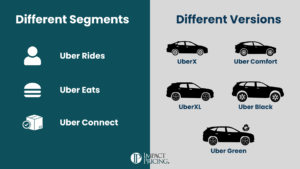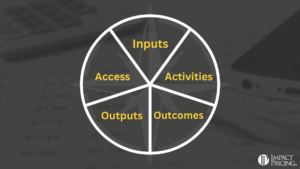You can listen to the full audio version of this blog we call — Blogcast.
There is one pernicious habit that steals revenue and, most importantly, profits from many of today’s leading companies. That is uncontrolled discounting.
Part of this makes sense. Good salespeople are aggressive. They will use every tool in their toolbox to close a deal. That’s a good thing. But understand, if you give them the ability to discount, it’s a tool they will use. If they know their manager will approve a discount, they will ask for one. After all, you pay them to close deals, and they want to eliminate every possible obstacle.
Your first step is to ensure you understand your current discounting policies and that you or your sales leadership regularly review discount reports and trends. This can be a simple monthly report with average selling price by rep, territory, and product.
Now this doesn’t mean that all discounts are bad. There can be a strategic reason to offer a discount. And you’ve likely heard your sales team justify a discount by saying, “This customer is strategic.” Or, “once we get our foot in the door …” But, ask yourself, who is going back and checking? What other business did that strategic customer bring in? Or, how much did that company buy the next year?
This is the second thing you should put in place, ensuring that someone on your sales ops team reviews the impact of discounts on referrals, total lifetime value, and renewal rates. Are these discounts making the impact that was promised? If not, can we stop them? If yes, what can they teach us about our overall pricing strategy and segmentation?
These are both key and straightforward steps that you should take. But to get to the core of the problem and plug the leak, you need to stop your salespeople from thinking about price as a potential obstacle. To do that, you must teach them how to sell value.
Watch for more information on this in future posts.
Share your comments on the LinkedIn post.
Now, go make an impact!

Podcast: Play in new window | Download
Tags: revenue, sales, value













